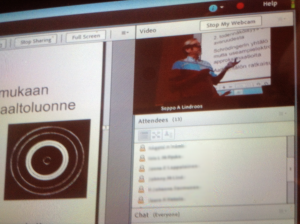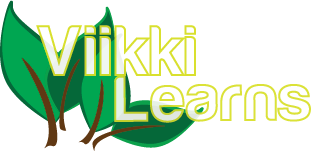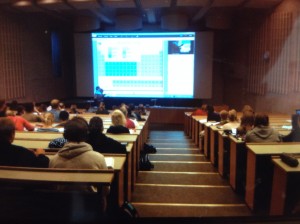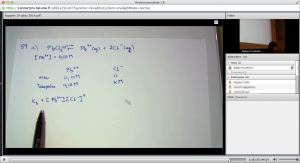Videoviestinnän käyttö opetuksessa kiinnostaa – opetustiloilta toivotaan joustavuutta
Loppuvuodesta 2014 Viikin kampuksen opettajille ja opiskelijoille lähetettiin kysely koskien kampuksen opetus- ja opiskelutiloja. Kyselyyn vastasi 51 opettajaa ja 77 opiskelijaa.
Videoviestinnän käytölle opetuksessa eri muodoissaan oli kiinnostusta: käyttötavoista suosituin oli lähiopetuksen tallentaminen myöhempää katselua varten. Videoviestintää jossain muodossa opetuksessaan käyttää tai haluaisi käyttää 88 % vastanneista. Vuorovaikutuksellisuuden puute ja opetustilojen soveltuvuus huolestuttivat vastaajia. Kampuksella olisi tarvetta erikokoisille opetustiloille, joissa videoviestintävarustus olisi valmiina, kuten suurempi videoneuvottelutila ja luentotallennuksen mahdollistava luentosali.
Opetustilojen kaikissa kokoluokissa toivottiin olevan pienryhmätyöskentelyyn sopivia ja muokattavissa eri käyttötarkoituksiin. Nykyisiin opetustiloihin toivottiin uusia datatykkejä, lisää pistorasioita ja parempaa langattoman verkon kantavuutta.
Opiskelijat toivoivat enemmän tiloja pienryhmätyöskentelyä varten ja hiljaisia lukusoppeja. Yhteiskäyttöisiä tietokoneita toivottiin enemmän ympäri kampusta. Myös opetustilojen ulkopuolelle toivottiin lisää pistorasioita ja toimivaa langatonta verkkoa omien laitteiden käyttöä varten.
Kyselyn tuloksia hyödynnetään opettajille suunnatun koulutuksen toteuttamisessa ja perusteena oppimisympäristöjen kehittämisessä.
Lue lisää: raportti Opetustilakyselystä Viikin opettajille ja opiskelijoille.
Growing interest in using video for teaching – demand for flexible study facilities
At the end of 2014, 77 students and 51 teachers at the Viikki campus replied to a survey regarding the teaching and learning facilities.
Teachers were interested in using video communication in their courses: the most popular use case was to record an actual teaching event for later use. 88 % of the teachers have used or would like to use video communication in some form. Lack of interaction and unsuitable teaching facilities raised some concerns. On the campus, there is a demand for teaching facilities of variable sizes set up for video communication, such as a larger video conferencing room and a lecture hall for recording lectures.
Regardless of their size, teaching facilities should be suitable for working in small groups and modifiable for different purposes. New data projectors, more power outlets and better Wifi were on the wish list for the current facilities.
Students asked for more spaces for studying in small groups and quiet spaces for reading, as well as more computers around the campus. Power outlets and Wifi are demanded by students in order to use their own devices outside the teaching facilities.
The results of the survey are used for planning training for teachers and as a basis for designing teaching facilities.
Read more: report of the survey (in Finnish).



 Tervetuloa “ViikkiLearns – oppimisteorioista käytäntöön” –symposiumiin!
Tervetuloa “ViikkiLearns – oppimisteorioista käytäntöön” –symposiumiin!
